Renovating drip system-a question for those with experience
bart bart
last month
Featured Answer
Sort by:Oldest
Comments (12)
Related Discussions
DIY pvc drip irrigation system
Comments (10)lehua, Thanks for your reply - much appreciated. I suppose I should have checked more into the forum archives prior to posting - would have prompted me to first check into my hydraulic specs. Our water does come from a municipal source, which obtains it's supply from local fresh water natural lakes/ponds and reservoirs. It is treated with chlorine and fluoride (1.0 mg/l) and has a moderate hardness of 68 to 84 mg/l. I just did a test by filling a 5 gal bucket from the freeze-proof garden bibb, timed it with my phones' stopwatch - and it took exactly 60 seconds to fill to the brim, which equates to 300 gal/hr. The main vegetable planting area consists of (6) 36"+ wide x 18 ft long beds, each naturally bermed about 6" above the 18" wide pathways - which are freshly covered in straw mulch each season. Each row slopes along its length, approx 6" in 18 ft., or 2.8%. We also have a couple of 42" x 12 ft wood-plank raised beds for strawberries, herbs and smaller rotating crops. An 8' x 5' onion patch, 10' x 4' raspberry patch and a 40' x 3' mixed use bed along the east garden fence - all with about a 1.5% slope. The soil composition is 12" to 18" of very rich humus, with a mix of loam + grey clay in the subsoil layers. I have been layering at least 3" of my own organic compost over each bed twice/season, which I first break down with my shredder/chipper. Water plumes have always spread very well when hose/pail watering in the past. Organic additives, such as bone meal, wood ash, and dried blood are added regularly, with limestone tilled in the Fall, if soil ph tests require it. Concentrated fish emulsion is mixed with water and applied by hand to each plant during the growing season. Due to some early blight occurring on our tomatoe and pepper plants, which was spread I believe from water ground splash, I'm thinking drip irrigation may minimize this from happening. I have not yet purchased the inline filter, 3/4" mains and 1/2" laterals, but have received the 3/4" ball valves and electronic water timer/valve I had ordered. The author of a Utah Co-op Extension article on the prototype PVC system (see link), recommends drilling 1/16" holes, in 2-3 hole clusters, spaced to align with individual plants. My plan was to dedicate each lateral to plants with similar needs, with all lateral and major pipe joints being separable to accommodate seasonal rotation and off-season storage. Since I have no experience with this yet, I was waiting for the time when my indoor grown seedlings are about ready for transplanting, before determining hole spacing. Drilling should be easy enough to do when that time comes by setting up a jig. Sorry for being long-winded - many thanks for your encouragement, and system endorsement . . . I feel less like a pioneer now. Best, Steve Here is a link that might be useful: PDF - Designing a Baasic PVC Home Garden Drip Irrigation System...See MoreDrip System: Rain Bird or Rain Drip?
Comments (7)Do you like the Mister Landscaper products & does anyone else have any longterm experience w/ this sort of layout? I purchased the starter kit (50 ft. of tubing, asstd. stakes & drippers, the patio & potted plant kit, & the timer)-I'm going to try & set it up this weekend. I think a system like this might just as efficient or more, as the soaker hoses I currently have in the perimeter beds around the house. I'll move my soaker hoses to the outer edges, & water that way, instead of the intermittent sprinkler water they get now... My yard is a typical suburban rectangle, 103' x 167', just under 1/2 acre, lots of mature trees, so pretty heavily shaded. I value my few sunny spots & try to cram as much in there as I can, & I think if could get a handle on the watering, I could cram in even more plants!...See MoreMore 'Duh' Questions: Fertilizing Mulched Stuff on Drip System
Comments (2)sparklynnrose the mulch IS your fertilizer. As it decomposes, it released nutrients into the soil. Since it is made up of what was once living plants, it will have everything that living plants need to grow. Just sit back on your porch with your hoe in your hand (which you won't need as much any more) and sip a nice ice tea or fruit juice and watch it all grow. Your mulch should be about 4 inches thick. I like a little more than that for the first year, but that should do....See Morequestion on drip systems
Comments (1)Hi tbaleno, I am growing Pumpkins in a drip system and in coarse sand/rice hull mix. My System is a prototype that combines drip and recycle and NFT but I believe there is not much difference with ordinary drip and recycle. My timer is adjusted to 15 minutes dripping every hour for night and morning. For late morning and afternoon it drips for 15 min. every 45 min. One hour one day is not sufficient anyway, especially when your pumpkin plants grow bigger and will consume 1-2 gallons plus a day. In hydroton they will probably dry-out very quickly, depending on climate and temperatures (exposure) of course. I have no experience with carrots in sand, but if the sand is deep enough and not too croase, it stocks much more humidity then hydroton. One hour a day may be sufficient, but here also, shorter and more dripping cycles would be better and highly recommended. Yes, get a proper timer anyway, it's worth every dime ;-)...See Morebart bart
last monthnoseometer...(7A, SZ10, Albuquerque)
last monthlast modified: last monthbart bart thanked noseometer...(7A, SZ10, Albuquerque)bart bart
last monthbart bart
last monthbart bart
28 days ago
Related Stories

GARDENING GUIDESHow to Install a Drip Irrigation System
Save time and water with a drip watering system in your vegetable garden — a little patience now will pay off later
Full Story
REMODELING GUIDESSurvive Your Home Remodel: 11 Must-Ask Questions
Plan ahead to keep minor hassles from turning into major headaches during an extensive renovation
Full Story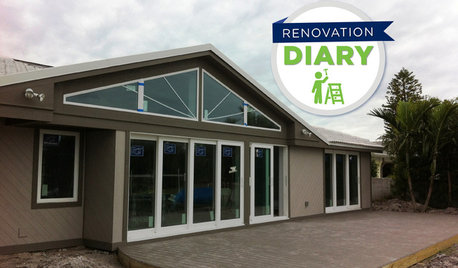
REMODELING GUIDESPlan Your Home Remodel: The Interior Renovation Phase
Renovation Diary, Part 4: Peek in as the team opens a '70s ranch home to a water view, experiments with paint and chooses tile
Full Story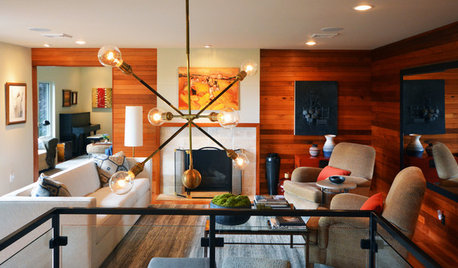
MY HOUZZMy Houzz: Portland Home Renovation Worth the 15-Year Wait
Open spaces, natural light and valley views take center stage in this couple’s modern refresh
Full Story
GREAT HOME PROJECTSHow to Add a Radiant Heat System
Enjoy comfy, consistent temperatures and maybe even energy savings with hydronic heating and cooling
Full Story
DOORS5 Questions to Ask Before Installing a Barn Door
Find out whether that barn door you love is the right solution for your space
Full Story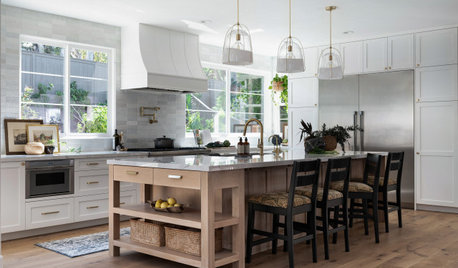
KITCHEN DESIGN9 Questions to Ask Before You Plan Your New Kitchen
To get your dream kitchen, start with a strong mission and wish list, and consider where you’re willing to compromise
Full Story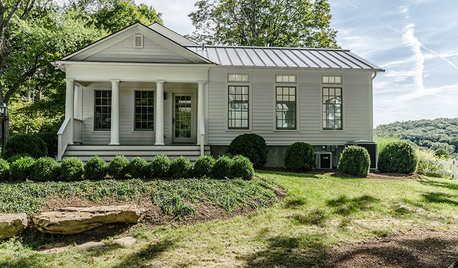
HOUZZ TOURSHouzz Tour: A Revolutionary Renovation in Connecticut
A 200-year-old farmhouse retains elements of its past, like reclaimed wood, yet feels decidedly modern. Yoga, anyone?
Full Story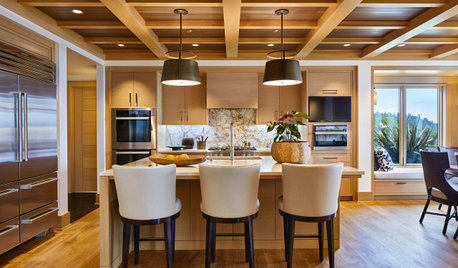
REMODELING GUIDES10 Things to Do for a Smooth Renovation
A designer (and serial renovator) shares tips learned from years of working with clients and remodeling her own home
Full Story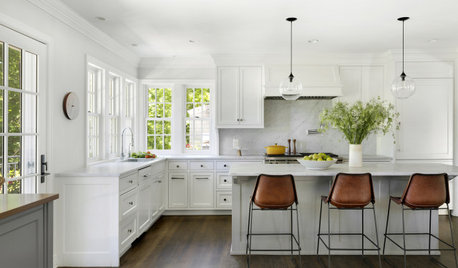
HOUZZ PRODUCT NEWSMany Homeowners Plan to Stay Put and Renovate Rather Than Sell
Plus, living spaces are expanding and pro hiring has increased, according to the 2023 U.S. Houzz & Home Study
Full Story




ValRose PNW Wa 8a